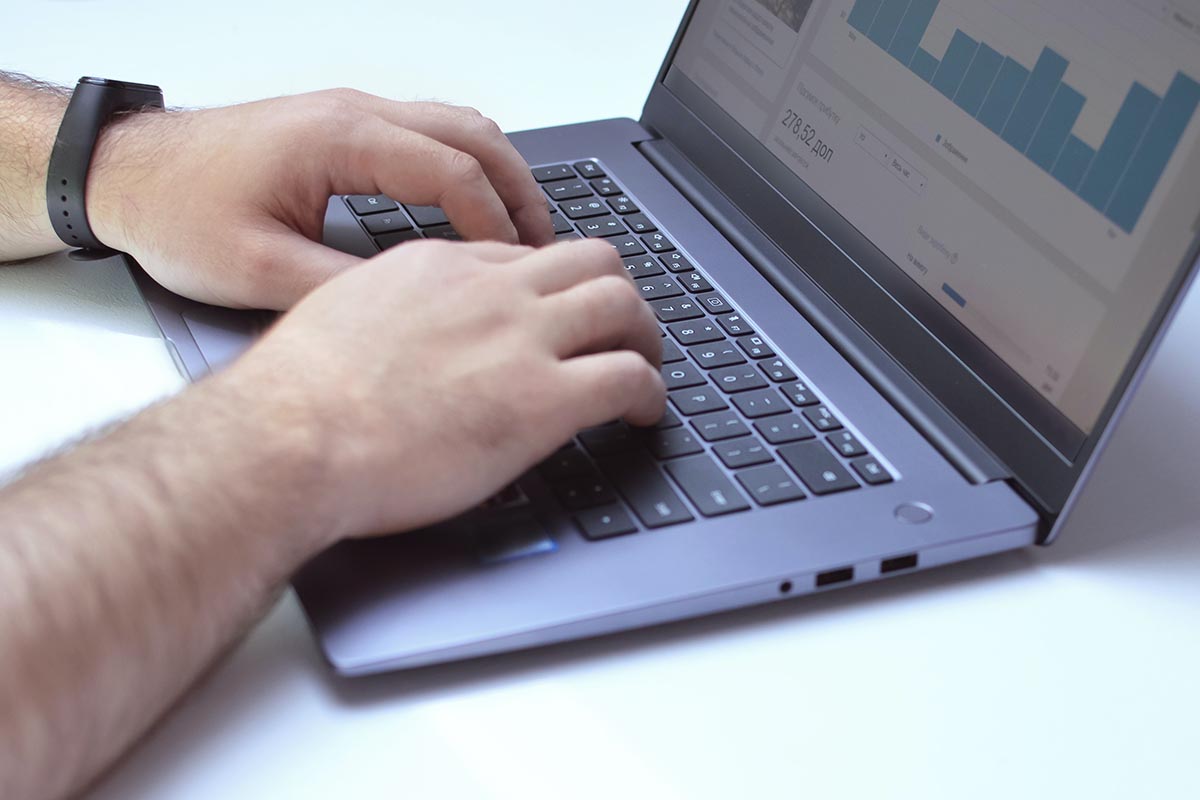There is no doubt that the economy is struggling due to the aftermath of the COVID-19 lockdowns, supply chain shortages, and inflation. However, experts note that these struggles are part of the reason why 2023 is an ideal time to start a new business.
Companies unable to manage in the wake of COVID-19 are shutting down, which means there are fewer competitors than in past. What’s more, the fact that many companies are shutting their doors means ad prices are lower than in times past, and there are more qualified employees to pick from when looking for part or full-time staff members.
At the same time, aspiring business owners can’t simply launch a new brand, cross their fingers, and hope it succeeds. Careful research is always to boost the odds of the company’s success.
Identifying the right products and services, setting competitive yet profitable prices, and generating brand awareness will spell the difference between success and failure for businesses in any industry. Most entrepreneurs know this; however, one problem may come across is measuring brand awareness. Individual metrics such as site visits and social media likes and shares can give one some idea of how many people have interacted with the brand, as can sales statistics, but they offer only a partial look into overall brand awareness.
Businesses need and deserve a comprehensive overview of how their brand is faring across multiple channels to make wise advertising and marketing decisions; thankfully, there are methods and tools you can use to assess branding at any stage of business growth accurately.
Website Statistics: What to Look For
Website statistics can be a good tool for measuring brand awareness if you know what to look for. One good metric to pay attention to is direct traffic. This indicates the number of people who have come to your site by typing in the URL rather than finding the site via search. If direct traffic is growing, this likely means that the number of people who know about and are interested in your brand is also increasing.
The bounce rate is yet another good indicator of brand awareness. A high rate indicates that people are coming to your site but leave quickly for one reason or another. A low bounce rate, on the other hand, means that people are coming to your business website and sticking around.
Such individuals may not always make a purchase with every single visit, but they are reading your content and browsing your products and services. They likely have bought goods/services from the business in the past and may even share your business information with those they know. Ideally, your bounce rate should be lower than 58%. If it’s over 70%, you may need to step up your marketing campaign to build a following.
How to Measure Brand Awareness: Inbound Links
Quality inbound links are good for search engine optimization because they indicate to Google that your site is an authority in its field. At the same time, they are also a good indicator of brand awareness. If your brand is well-known in its industry or the local area, you’ll likely have links from highly relevant sites.
A local pizzeria, for instance, should have inbound links from local newspapers, magazines, and review sites such as Yelp. As brand awareness grows, the number of quality links to your site should likewise grow, as should the number of people who click on these links to come to your site.
Social Media Listening
Most social media platforms allow users to see how many visits, likes, and shares they have received in a set period of time. These statistics are useful but not nearly as comprehensive as those that can be collected using a social media listening tool. Such a tool enables a business owner to see what people are saying about his or her brand on their social media sites.
You’ll be able to see how many times your target audience has mentioned your brand in a set period, how many people viewed posts others shared from your platform, how many followers your followers have, and read what people like (and don’t like) about your brand.
To measure brand awareness, you’ll want to avoid getting too caught up in what people say about your business and instead focus on the number of people talking and hearing about your brand on social media. Check the reach of shares from your platform to see how many people your posts reach. Be sure to compare the information you gather from social media by listening to your website statistics to see what percentage of people who hear about you on social media are coming to your site.
Surveys
Surveys can help you measure brand awareness by enabling you to see how people are finding out about your business. Are they stumbling on our site online after typing in a keyword relevant to your site, or did they hear about you from a friend or relative? Did they read a positive review of your business on social media, see a share, or drive past your store and see the sign?
You can conduct surveys both online and offline. Putting up a survey on Facebook or asking people who buy from you online to answer some simple questions in exchange for a discount coupon or freebie is an excellent way to entice people to spend a few minutes of their valuable time answering your questions. If you have a brick-and-mortar business, you can even provide survey cards to shoppers and offer a discount coupon for those who respond.
Surveys are an occasional tool that you should use cautiously so people don’t get tired of answering your questions. Even so, conducting a survey three or four times a year is an excellent way to determine how your brand is doing.
Are a growing number of customers hearing about you from friends, relatives, or colleagues? Have people seen your brand name pop up in their Facebook feed multiple times or just once or twice? Your survey responses will likely show brand growth and which forms of brand marketing are working best for your business.
How to Measure Brand Awareness: Assessing the Competition
To accurately determine brand growth, looking at how direct competitors are doing is a good idea. Brand growth is an essential part of the growth of a small business. You can do this using social media listening tools, Google trends, and checking competitor link quality and quantity.
Don’t be discouraged if you see that other successful brands have a more visible brand name than you; however, you should be concerned if your “share” of the market remains static rather than growing with time. For instance, if only 3% of people looking for keywords relevant to your brand clicked on your site this year and last year, your brand growth may stagnate. If, on the other hand, clicks have gone from 3% to 5%, that’s steady progress that can, in time, propel your business to long-term success.
Brand awareness is an important metric that will have an outsize impact on your long-term business growth. It can be hard to measure with 100% accuracy, but the above tips can give you an excellent idea of where you stand at any time.
Use these pointers to understand better what brand marketing strategies are working well and what your audience needs and wants from your company. The time and effort you put into gauging your brand awareness and taking steps to maximize it will be more than worth it in the long run.




















